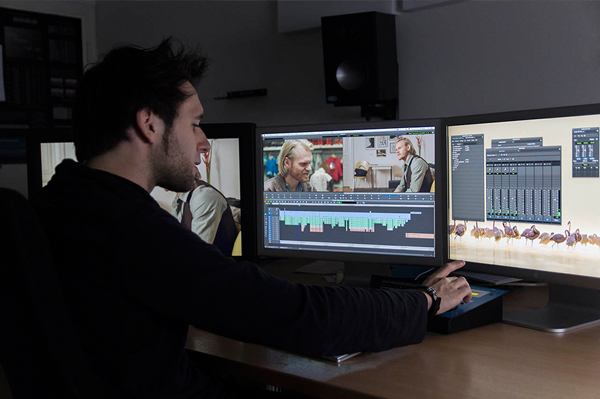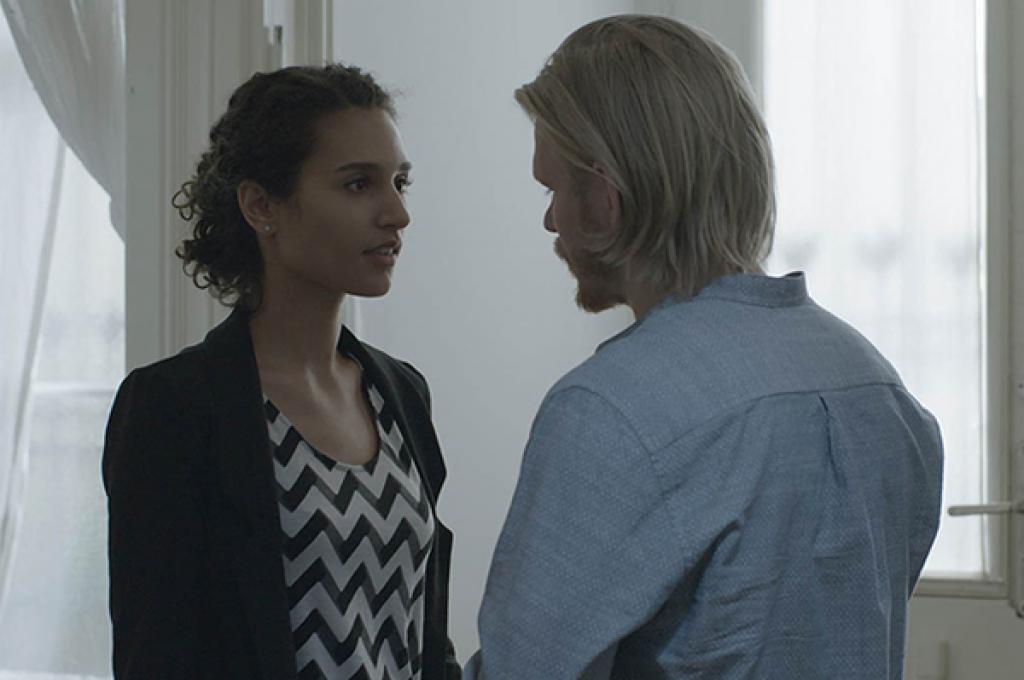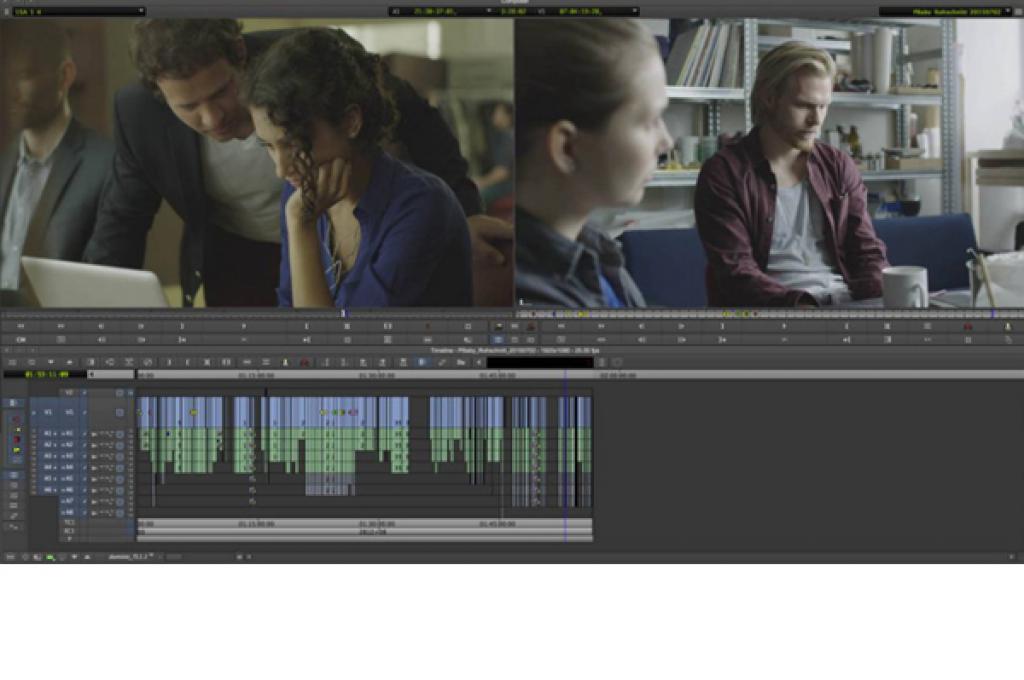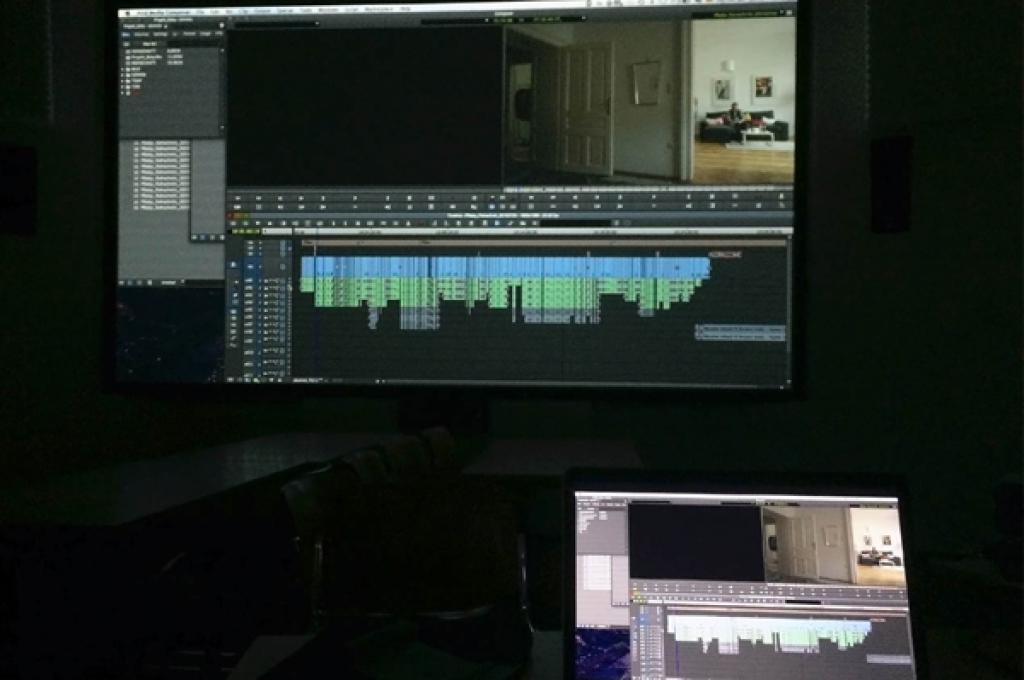Filmakademie-Student Dominic Kubisch im Portrait
Student Filmmaker Dominic Kubisch Explains How "Project: Baby" Grew Up
 Photo: Dominic Kubisch at work ©private
Photo: Dominic Kubisch at work ©private
Dominic Kubisch about his experience:
It was around New Year's Eve. I just finished editing two fictional short films, both student projects, when I got a phone call from my colleague Stephan. We are both studying at the Vienna Film Academy in Austria and know each other from lectures, talks in the hallway and during events. He had a new, interesting project and asked if I wanted to be the editor. One month later, in February, I had a coffee with the director Torsten Buesing and we talked about Project: Baby. I immediately agreed to join the team, even before the preproduction process was finished.
The main concept of the film consisted in parts of the story being improvised during the shoot, so it was a good idea to involve an editor's point of view during the preproduction process. We edited a rough cut of the rehearsal material in order to discuss framing and possible camera angles with DOP Manuel Prett.
Project: Baby
Project: Baby tells the story of Miriam and Alexander who are in their mid-twenties. She is happy with her career while he lacks routine as an artist. Their relationship is experiencing a rough time and right when they're about to separate, Miriam finds out she’s pregnant. Alexander wants to be a father but Miriam has doubts whether they would be good parents. Against Alexander's will she decides to have an abortion.
About the workflow
During the shoot of Project: Baby, I downloaded the dailies which were uploaded every day by my assistant editor. On my last project we also shot with the Sony F55 and Arri Alexa, so my assistant editors and I already worked out a bullet-proof and efficient workflow. For editing in Avid Media Composer, we used the proxies that were created automatically by the F55 during recording. Media Composer works great with these proxies and the online process is flawless. These Sony 'subs' were imported via Avid's "fast Import" and then merged via the "Auto Sync Tool". Finally, camera and sound were synced via timecodes.
After the first cut
Director Torsten joined me in the editing room soon after I had finished the first cut. We were working in one of our editing suites at the Vienna Film Academy. I always think it is helpful to meet at a neutral place. It's like going to the office: you leave your work there and have a clear mind when you get back home.
Every student at our school learns the basics of cinematography, directing, editing, production and screenwriting. This educational approach is a huge advantage. Actually, Torsten edited his first films on Avid himself. After we watched my first rough cut, we started moving scenes, and tried several variations to tell the story. When moving scenes or entire sequences I heavily relied on Media Composer's "Sync-Lock" function, which can easily be activated and deactivated for each track. With this function you make sure your whole timeline follows your steps and nothing slips out of sync.
The first screening
Before we locked the picture, we decided to organize a preview screening of the final cut. Being inside a movie theater while the audience watches your edit was bit frightening, but looking back, this was by far one of the best moments in my short career as an editor. Talking with the audience afterward was a fantastic opportunity. They pointed out the exact same storyline problems we were struggling with during the last couple of months. So back in the cutting room, we primarily focused on resolving those issues and tweaking the edit.
As an editor I had used Avid Media Composer a lot on previous projects. It offers a lot of useful tools that help you to tell your story. Many young people shy away from it at first, but after you finish your first projects on it, you will get to appreciate its advantages.
Stanley Kubrick once said: "Everything else comes from something else. Writing, of course, is writing, acting comes from the theater, and cinematography comes from photography. Editing is unique to film. You can see something from different points of view almost simultaneously, and it creates a new experience."
Enjoy your work.
About the author
I live and work in Vienna (Austria) and study editing in the class of Michael Hudecek at the Vienna Film Academy. The Film Academy is an institution of the mdw – University of Music and Performing Arts Vienna. I started my career with editing of commercials for TV and corporate films. My focus is on feature films, short films and occasionally documentary films.
- This article can also be found at www.avidblogs.com



